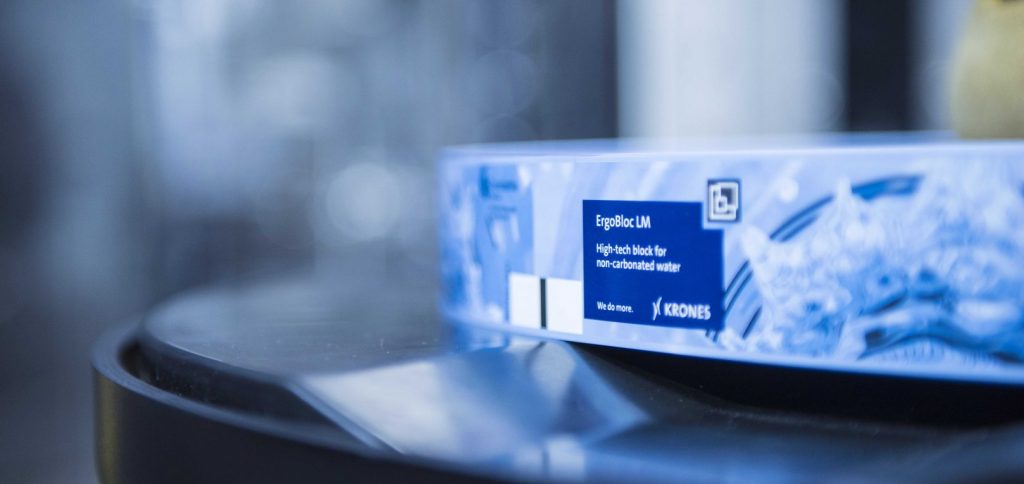Clean label – a global trend on the rise

Consumers are becoming more and more conscious about their behaviors and habits. The same goes for how they consume foods and beverages. As a result, drinks containing natural ingredients are in high demand around the globe – and the trend is rising. Consumers increasingly view certain additives as unhealthy or reject them for ethical reasons. Products bearing a clean label either don’t have these ingredients at all or limit their use in the recipe. Whether it’s “without preservatives,” “without artificial flavors” or “sugar-free”, smart marketing concepts focus on the information that consumers value.
Clarity is in vogue – this goes for packaging, too. According to the market research institute Innova Market Insights, “conscious decisions” will be the most important driver of food purchases in 2018. For example, seven out of ten customers in the U.S. and UK admit they want to know and understand the list of ingredients contained within their foods. Consumers have become more cautious. They find incomprehensible labeling confusing, and it deters them from buying the product. This is where the term “clean label” comes in, which is becoming an increasingly important approach in the beverage industry and marketing. This development is further intensified by the continuing trend for naturalness and the desire for a healthy diet, which is fueling the boom in organic and local products in particular.
Clean label fulfills consumer wishes
Consumers are more aware than ever about making responsible food choices. They want to know exactly what they are eating. A clean label lets them know at a glance whether they have picked up the right product. According to research data from Innova Market Insights, 50% of American, German and British consumers regularly read the list of ingredients. This shows that providing clear information on the shelf can pay off for manufacturers.
Keyword: transparency
In a report by Mintel, “radical openness” and “self-care” have emerged as two of five top trends that will affect the global food and beverage market in 2018. When it comes to self-care, consumers specifically look for drinks that meet and fully satisfy their expectations regarding nutrients and well-being. Certain ingredients that do not contribute to their own definition of well-being fall by the wayside. Consumer expectations of complete transparency from the food industry are also on the rise. According to Mintel, there is a now widespread mistrust among the population, meaning that manufacturers must disclose their production processes, ingredients and even supply chains to the public if they are to remain competitive. The next wave of “clean labels” will therefore require the industry to make transparency and traceability the standard. Key points that will be in the foreground when it comes to transparency: the naturalness and origin of products.
The critical view of consumers is changing the way drink ingredients are listed
In these times of “clean labels,” consumers are also increasingly turning away from labeling that includes long, incomprehensible terms. As a result, the beverage industry is looking for more natural, label-compliant alternatives. Therefore, manufacturers increasingly refrain from using chemical-sounding artificial colors and preservatives, flavors or even flavor enhancers on their labels. The abandonment of ingredients such as sugar or fat also serves this purpose. Another option is to limit the focus to the few ingredients that are actually contained in the drink. Consumers like to be inspired by positive wording such as “Made with only three ingredients.” Sometimes less can be more.
